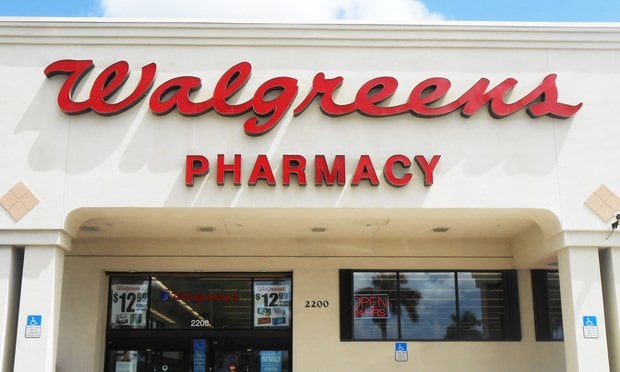Sure, as proponents will tell you, making the switch to consumer-driven health plans will save money and put consumers at the forefront of their care. But will it also lead to lower prescription drug use?
Yes, according to research from the Employee Benefit Research Institute, which found that moving to CDHP plans can reduce the number of both generic and brand-name prescriptions filled.
And that's both good and bad.
Recommended For You
Data was examined from a large employer that replaced its traditional managed-care health insurance with a health savings account.
EBRI found that after four years, the generic drug rate was greater by 4.5 percentage points for hypertension, 15.4 percentage points for dyslipidemia, and 7.8 percentage points for asthma/COPD (chronic obstructive pulmonary disease). No significant effects were detected for diabetes.
Researchers noted, though, that generic drug rates can rise if the number of generic fills increases or if the number of brand-name fills decreases, or a combination of the two. In response to the HSA plan, it was found that higher generic drug rates were largely achieved due to individuals discontinuing use of brand-name drugs without substituting generic alternatives.
EBRI report author Paul Fronstin warned that consumers still need to have their medications checked and maintained, especially those taken for preventive reasons.
"Although lower prescription-drug use can save pharmacy costs for plan sponsors, it could also result in even higher downstream medical costs if people stop taking maintenance drugs for chronic diseases," Fronstin said.
Previous EBRI research showed that while prescription drug use went down, it also resulted in decreased use of maintenance medications for chronic disease, and a worsening of adherence.
Also read: Rx hurdles high under some PPACA plans
© 2025 ALM Global, LLC, All Rights Reserved. Request academic re-use from www.copyright.com. All other uses, submit a request to [email protected]. For more information visit Asset & Logo Licensing.







